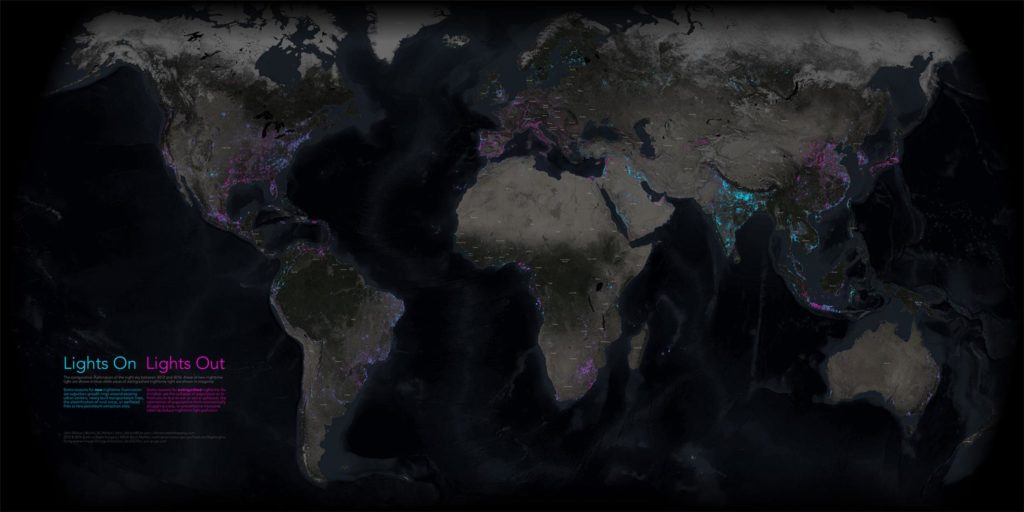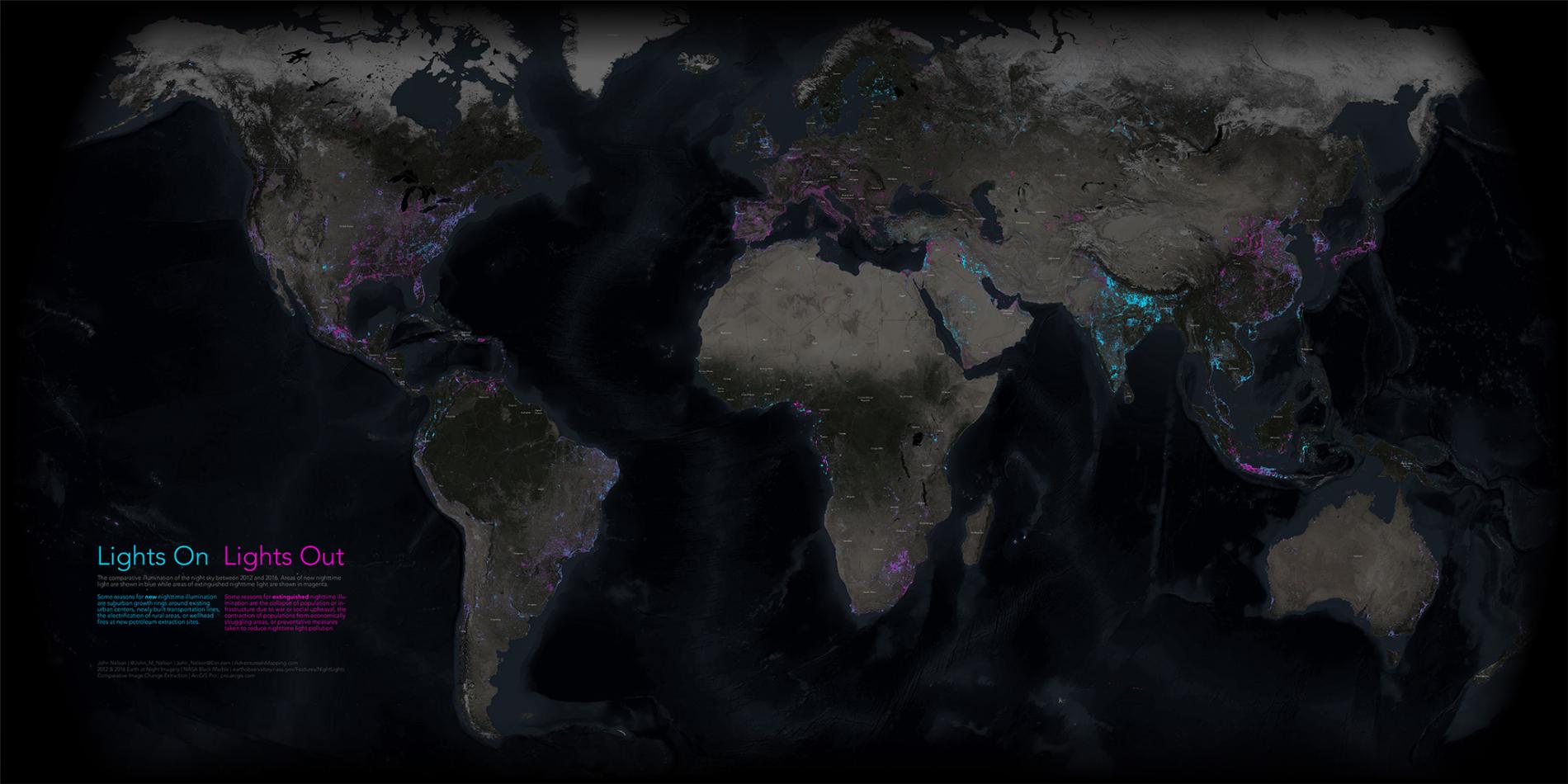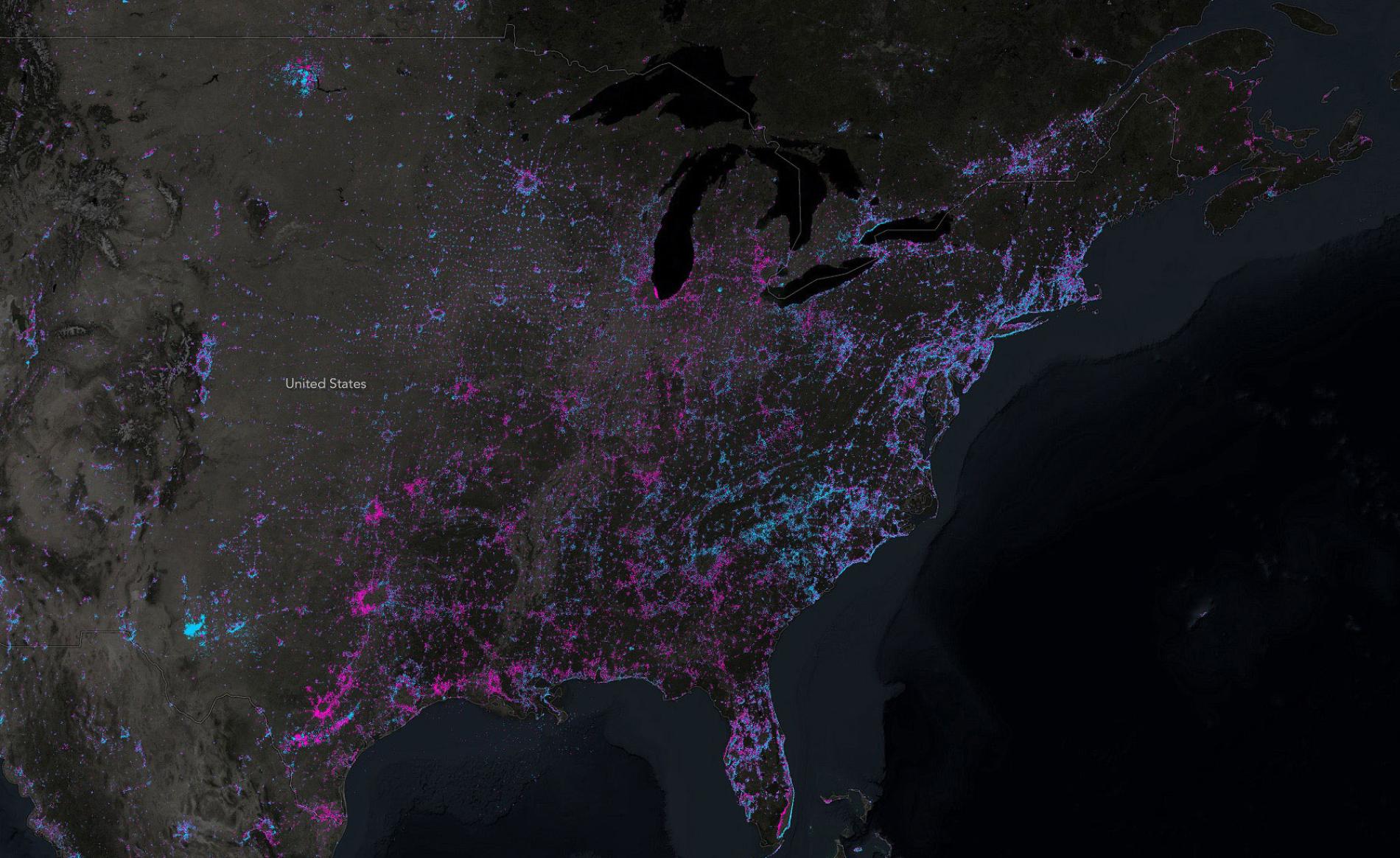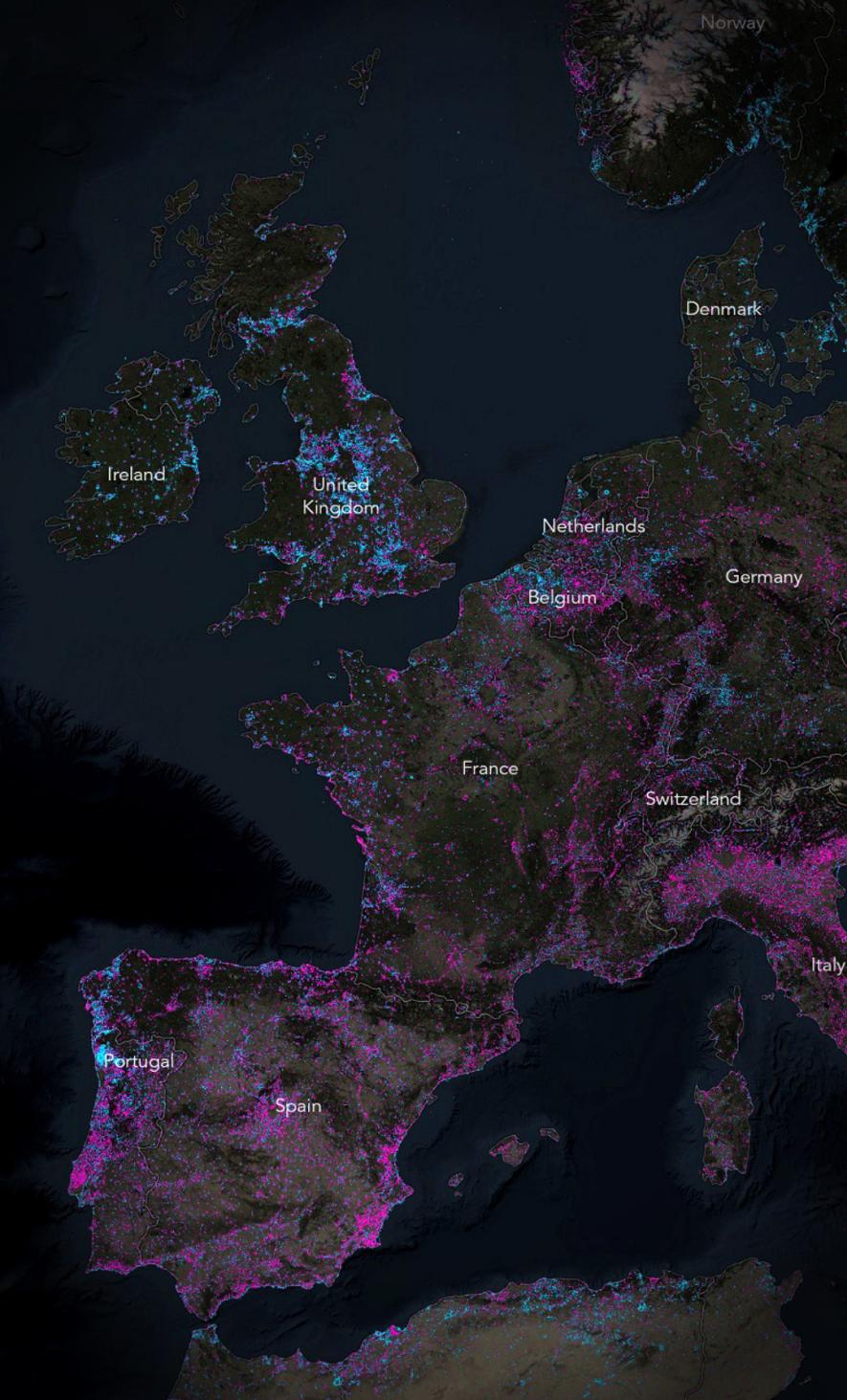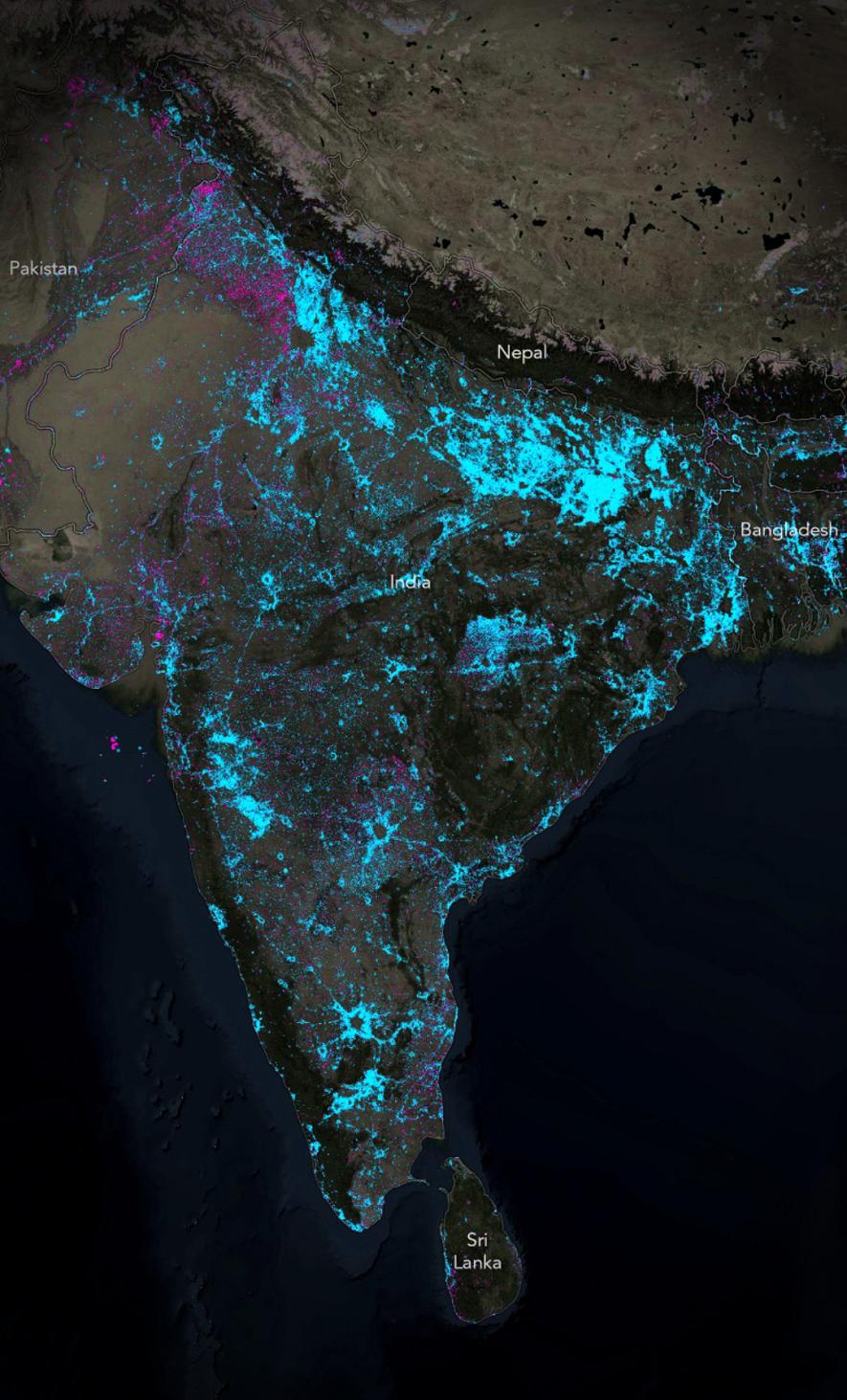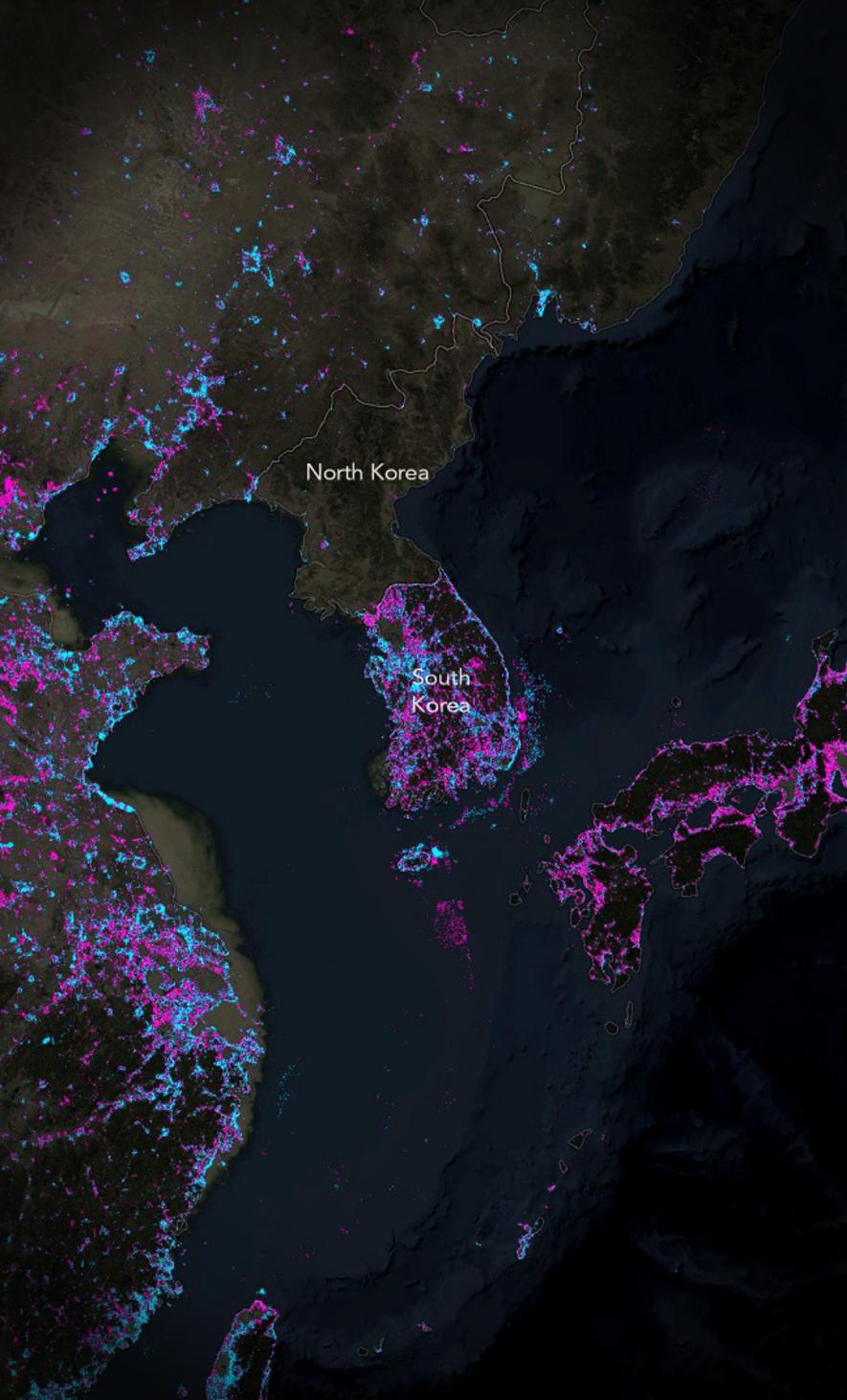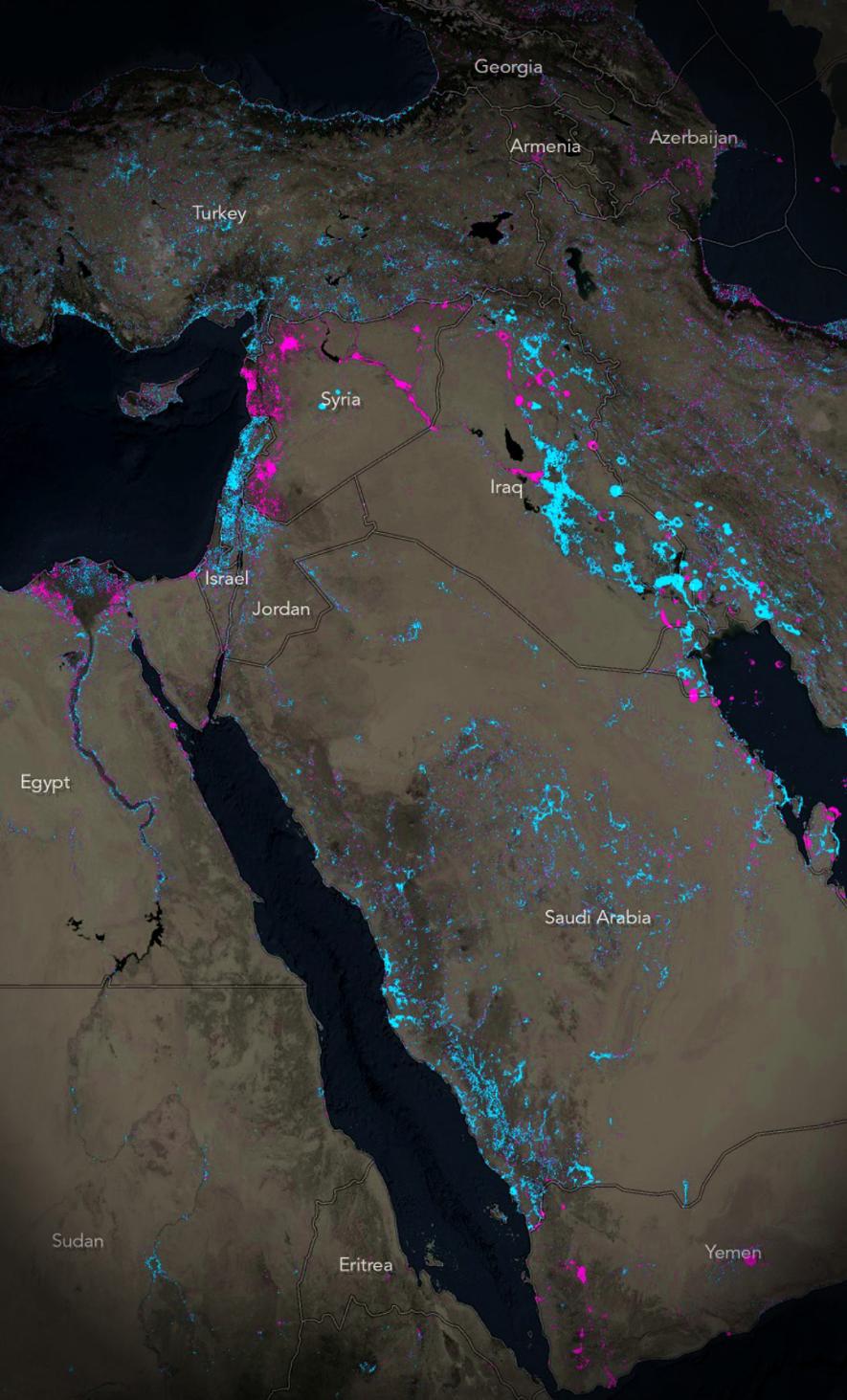This stunning time-lapse from NASA shows 1 year of the life on Earth
In February 2015 NOAA and NASA joined forces and launched a DSCOVR satellite. The orbit of the satellite has been placed at Lagrange point 1, approximately 1 million miles from Earth, where it is balanced between the gravity of our home planet and the sun. Over the course of 1 year, a few time a day, the satellite has been taking a snapshot of Earth. NASA put together more than 3,000 of these images and created this amazing time-lapse that show a year in the life of our planet. Take a look at the NASA’s stunning time-lapse.

#
#Featured
#Ground stations
#Satellites
Ground Stations Explained: How Does Satellite Data Travel from Space to Earth?
#Airbus
#Data processing
#Deep Learning
#Ideas
#Maxar
#Optical
#Science
Enhancing Satellite Imagery Readability with Super-resolution Machine Learning Models
#Cloud
#Data processing
#GeoDev
This Add-in Will Make Your EO Data Workflows in ArcGIS More Effective at Scale



